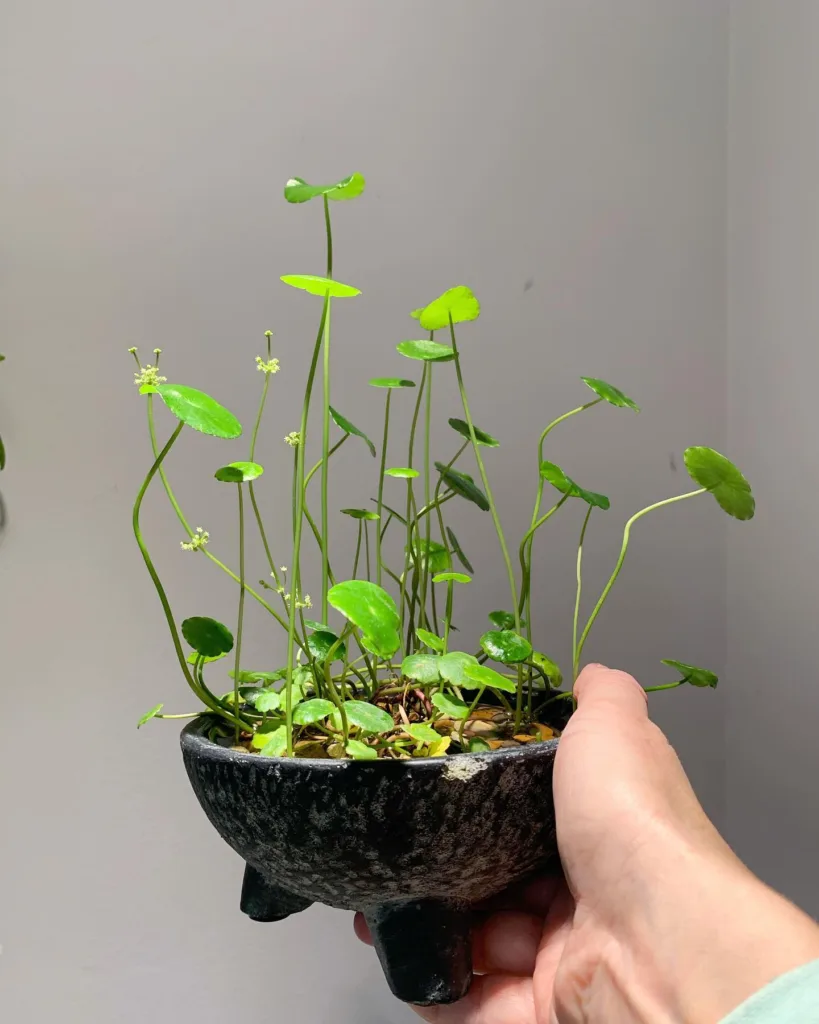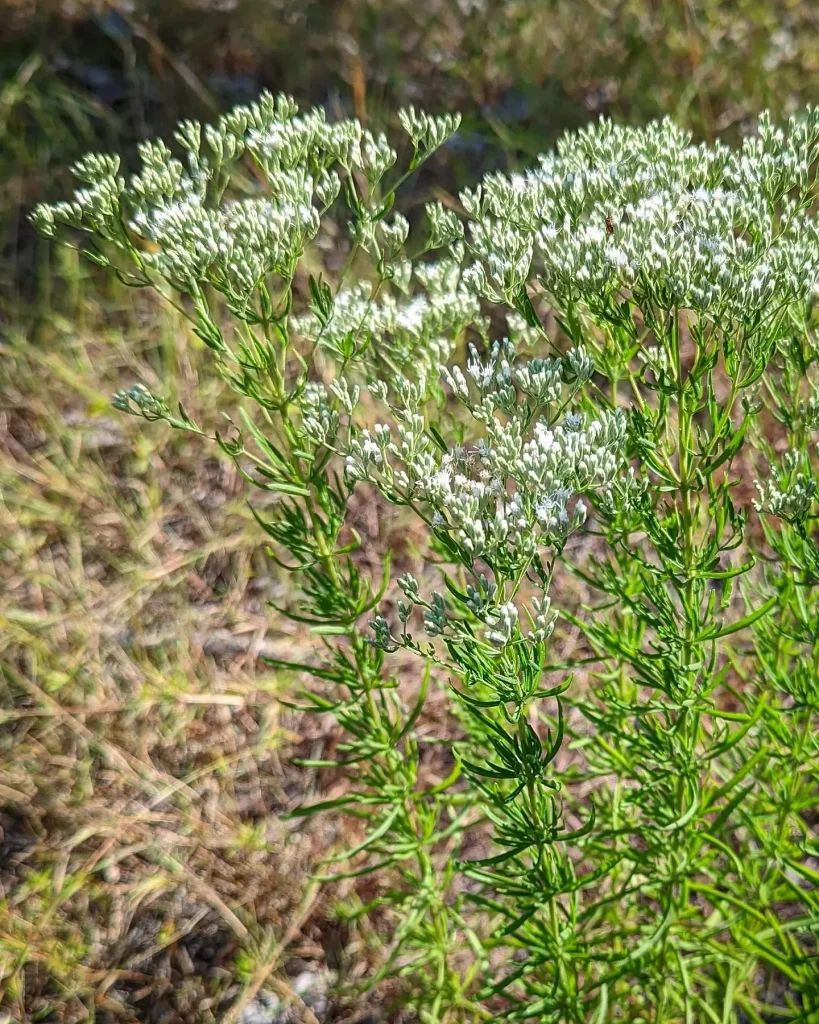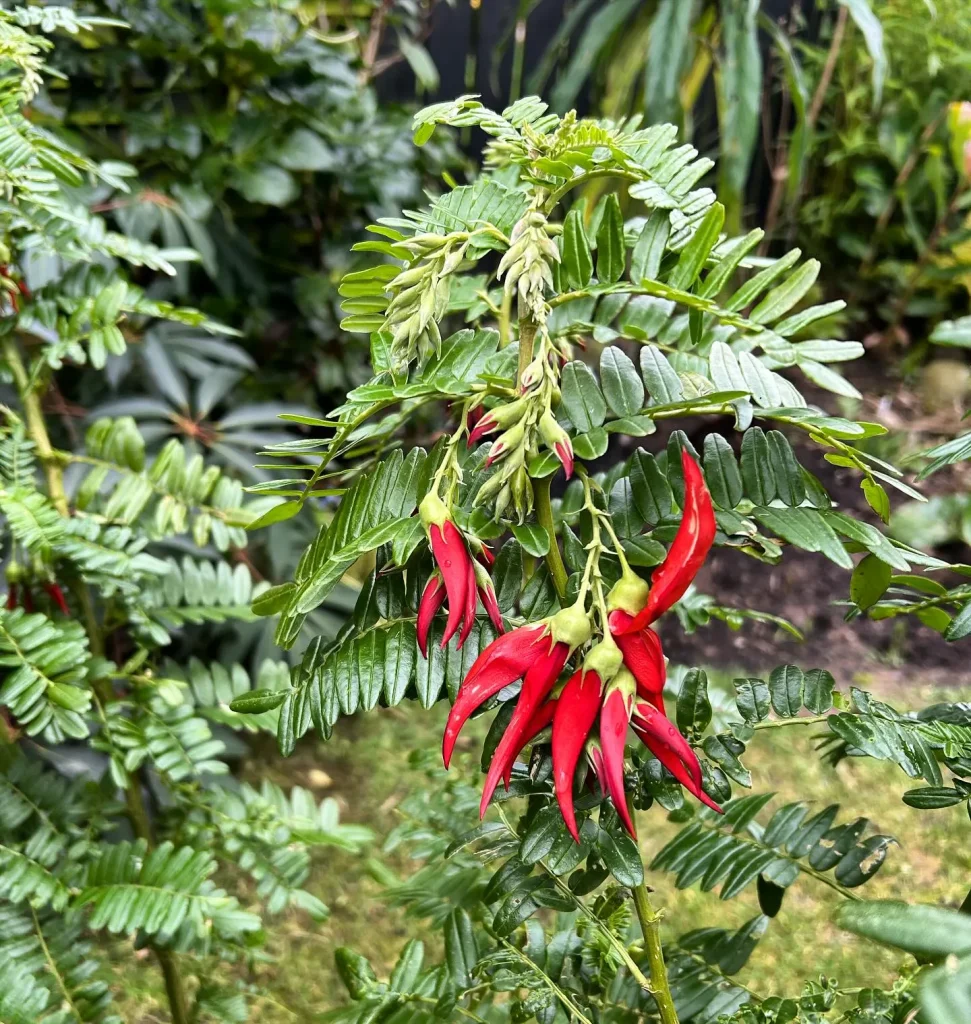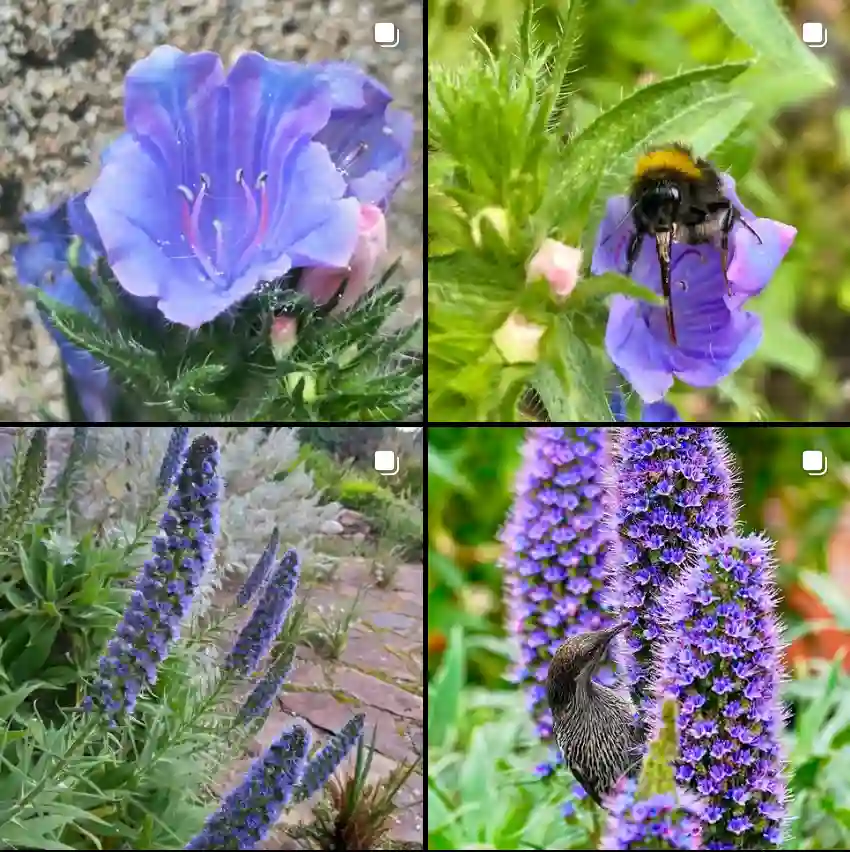The Golden Bloom: My Journey with Eschscholzia
As a botanist, my life revolves around the quiet wonders of the plant kingdom. Each leaf, each petal, each intricate root system tells a story of resilience and adaptation. But among the countless species I’ve encountered, the genus Eschscholzia from Papaveraceae family holds a special place in my heart. These vibrant plants, with their delicate petals and cheerful hues, have captivated me with their beauty and resilience.
A Brush with California’s Sunshine
My fascination with Eschscholzia began with the iconic California poppy (Eschscholzia californica). As a child growing up in California, I was enchanted by these golden flowers that blanketed hillsides and roadsides every spring. Their vibrant color seemed to capture the very essence of the California sunshine. I remember spending hours watching the delicate petals unfurl in the morning light and close again as the sun dipped below the horizon.
Unveiling the Diversity of Eschscholzia
As I delved deeper into the world of botany, I discovered that the beauty of Eschscholzia californica was just the tip of the iceberg. The genus Eschscholzia encompasses a diverse group of annual and perennial plants, each with its unique charm. From the diminutive Eschscholzia caespitosa, with its compact growth and profusion of flowers, to the elegant Eschscholzia lobbii, with its finely divided foliage and delicate blooms, each species has its own story to tell.
Here’s a glimpse into the diversity of this remarkable genus:
- Eschscholzia californica: commonly known as the California poppy, is renowned for its brilliant orange to golden-yellow blooms, which carpet fields and hillsides throughout its native range in the western United States. This hardy, drought-tolerant wildflower is the state flower of California and thrives in poor, sandy soils with minimal water requirements. California poppies are celebrated for their delicate, fern-like foliage and a cup-shaped flower structure that closes in response to cool or cloudy weather. They are well-suited to naturalized garden landscapes, attracting pollinators like bees and butterflies while being resilient against pests and diseases. Plant FAQs: Eschscholzia Californica
- Eschscholzia caespitosa: Known as the tufted poppy, Eschscholzia caespitosa is a smaller, low-growing poppy species that typically grows in clumps or tufts, hence its common name. It features bright yellow to golden flowers similar to its California poppy relative, but with a more compact habit, making it ideal for rock gardens or containers. This species thrives in dry, sandy soils and full sun, displaying a remarkable ability to withstand challenging environments. It blooms in early spring, creating vibrant patches of color across arid landscapes, and is a favorite among native plant enthusiasts seeking a pop of yellow in drought-tolerant garden designs.
- Eschscholzia lobbii: also known as frying pans or dwarf California poppy, is a diminutive wildflower known for its small, bowl-shaped yellow flowers that resemble tiny, upturned frying pans. Native to California and surrounding areas, it tends to bloom in spring and early summer, especially after rainfall, adding vibrant yellow accents to grasslands and open areas. This species is particularly well-adapted to dry conditions, flourishing in sandy, well-drained soils. Its compact size and cheerful blooms make it a charming choice for native plant gardens and dry landscapes where its vibrant color can bring a touch of the California poppy’s charm in a smaller form.
- Eschscholzia glyptosperma (Desert gold poppy): s uniquely adapted to arid environments across the southwestern United States. With pale yellow flowers and delicate, divided leaves, it is a more subtle relative of the California poppy. This species blooms in early spring, often after winter rains, and grows in open desert areas with sandy or gravelly soil. The desert poppy’s flowers are smaller and lighter in color, reflecting its adaptation to intense sunlight and heat. It’s a fascinating addition to desert and xeriscape gardens, providing early-season blooms that attract pollinators and add gentle color to arid landscapes.
- Eschscholzia parishii (Parish’s poppy)
- Eschscholzia ramosa (Branching poppy)
- Eschscholzia lemmonii (Lemmon’s poppy)
- Eschscholzia minutiflora (Pygmy poppy)
- Eschscholzia hypecoides (San Luis Obispo poppy)
- Eschscholzia procera (Tall poppy)
- Eschscholzia androuxii
- Eschscholzia elegans
- Eschscholzia palmeri
- Eschscholzia papastillii
- Eschscholzia rhombipetala
More Than Just a Pretty Face
But Eschscholzia is more than just a collection of pretty faces. These plants have a rich history of medicinal and cultural significance. Native American tribes have long used Eschscholzia californica for its sedative and analgesic properties. The plant was also used ceremonially, with the vibrant petals symbolizing new beginnings and the golden color representing prosperity.
Adaptability and Resilience
What truly amazes me about Eschscholzia is its resilience. These plants thrive in a variety of habitats, from coastal bluffs to arid deserts. They have adapted to survive in nutrient-poor soils and withstand long periods of drought. This adaptability is a testament to the evolutionary prowess of these remarkable plants.
A Symbol of Hope
In a world facing increasing environmental challenges, the resilience of Eschscholzia offers a beacon of hope. These plants remind us that even in the face of adversity, life finds a way to flourish. Their vibrant blooms serve as a symbol of hope and renewal, reminding us of the beauty and resilience of the natural world.
As I continue my journey as a botanist, I am constantly inspired by the wonders of Eschscholzia. These plants are a testament to the diversity and resilience of life on Earth. They remind me that even in the harshest environments, beauty can thrive. And they inspire me to continue exploring the plant kingdom, uncovering the secrets and stories hidden within each leaf and petal.
If i die, water my plants!



